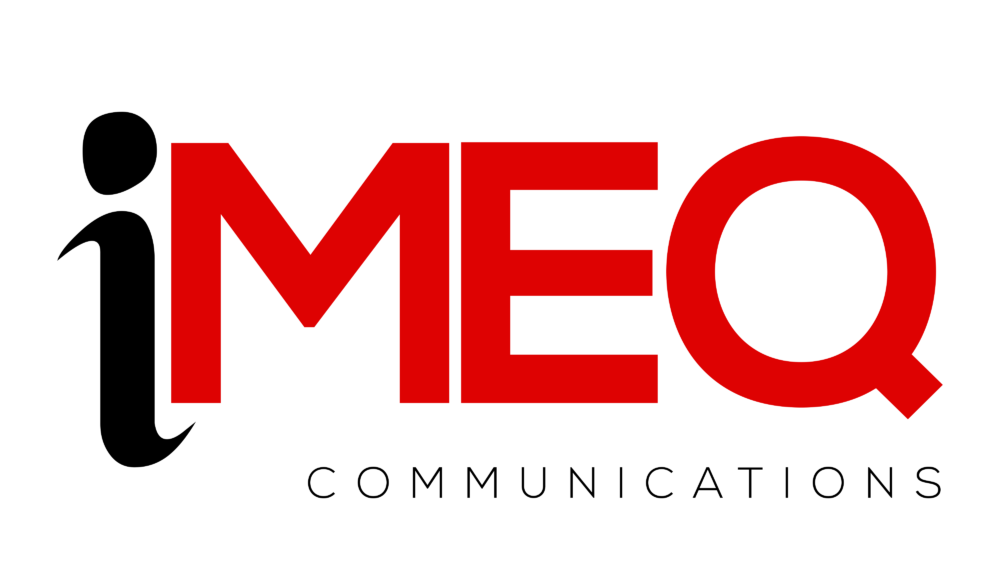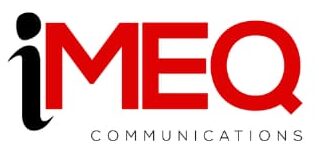
With number of strategies and tools becoming accessible in the digital marketing world, pay-per-click (PPC) advertising remains a powerful tool for driving targeted website traffic. However, the cost of PPC campaigns can escalate quickly if not managed effectively. As businesses prepare for 2025, adopting cost-effective strategies to optimize PPC campaigns is crucial for achieving maximum returns on investment (ROI).
PPC campaigns are known and preferred widely for their ability to offer the flexibility to reach specific audiences, measure performance, and adapt to changing trends. But with all the rising competition and increasing costs, it has become imperative for businesses to find ways that help them stretch their budget while still driving impactful results.
To help you with your objective, this blog will outline ten actionable and cost-effective PPC tips to help you boost website traffic without breaking the bank.
- Focus on Long-Tail Keywords
Long-tail keywords are generally less competitive and more specific, making them a cost-effective choice for PPC campaigns. Instead of targeting generic terms like “buy shoes,” focus on phrases like “affordable running shoes for beginners.”
These keywords often have lower cost-per-click (CPC) rates and attract highly targeted traffic, increasing the chances of conversions. By conducting thorough keyword research and focusing on intent-driven terms, you can maximize your PPC budget.
- Leverage Geo-Targeting
Geo-targeting allows you to focus your PPC ads on specific locations where your target audience resides. This strategy ensures that your budget is spent on users who are more likely to convert. Geo-targeting is particularly effective for service-based businesses aiming to attract local customers.
- Optimize Ad Scheduling
Running ads 24/7 can drain your budget without yielding optimal results. Analyze all of your campaign data specifically to identify the times and days when your audience is most active. By scheduling your ads to run during these peak periods, you can maximize engagement while minimizing wasted ad spend.
- Use Negative Keywords
Negative keywords are terms that you exclude from your campaigns to avoid irrelevant clicks. For instance, if you sell premium furniture, you might use “cheap” as a negative keyword to prevent users searching for budget options from clicking on your ads.
Implementing negative keywords helps you focus your budget on users who are genuinely interested in your offerings, thereby increasing the efficiency of your campaign.
- Experiment with Ad Copy
Crafting compelling ad copy is essential for maximizing click-through rates (CTR) and reducing CPC. Test different variations of your ad copy to identify which resonates most with your audience.
Include attention-grabbing headlines, clear CTAs, and unique selling points (USPs). A/B testing can help you refine your messaging and ensure that your ads deliver the best results at the lowest cost.
- Retarget Website Visitors
Retargeting is a cost-effective way to re-engage users who have already visited your website but didn’t convert. By showing tailored ads to these users, you can encourage them to return and complete their purchase or inquiry. This strategy keeps your brand top-of-mind and boosts conversions without the high cost of acquiring new visitors.
- Utilize Audience Segmentation
Not all users are the same, and thus, treating the users and audience base in a similar wya can lead to wasted ad spend. Segment your audience based on factors like demographics, interests, and behavior to deliver more personalized ads. By tailoring your ads to specific segments, you can improve relevance and reduce wasted clicks.
- Optimize Landing Pages
A poorly optimized landing page generally results in high bounce rates, adding up to the wasted ad spend. Ensure that your landing pages are fast, mobile-friendly, and aligned with your ad copy. A seamless user experience increases the likelihood of conversions, maximizing the ROI of your PPC campaigns.
- Monitor and Adjust Campaigns Regularly
PPC campaigns require constant monitoring to ensure they remain cost-effective. Use analytics tools to track performance metrics including CTR, CPC, and conversion rates.
If a campaign isn’t delivering the desired results, do not hesitate to make amends and adjustments. Whether it’s tweaking keywords, revising ad copy, or reallocating budgets, staying proactive can help you optimize performance and reduce costs.
- Leverage Automation and AI Tools
In 2025, automation and AI tools are more advanced than ever, offering valuable insights and efficiency for PPC campaigns. Tools like Google Ads’ Smart Bidding or third-party platforms can help you optimize bids, identify high-performing keywords, and improve targeting.
By leveraging these tools, you can reduce manual effort and make data-driven decisions that maximize ROI while keeping costs in check.
With digital marketing witnessing significant changes, mostly positive, PPC will continue to lead as a strategy that drives website traffic. However, rising competition and costs make it essential to adopt cost-effective techniques.
By focusing on strategies like long-tail keywords, geo-targeting, ad scheduling, and retargeting, you can optimize your campaigns to deliver maximum impact.Regular monitoring and leveraging automation tools also help ensure that your efforts stay efficient and relevant.
In 2025, businesses that prioritize smart, cost-effective PPC strategies will not only boost website traffic but also achieve a higher ROI, staying ahead in the competitive digital landscape.




